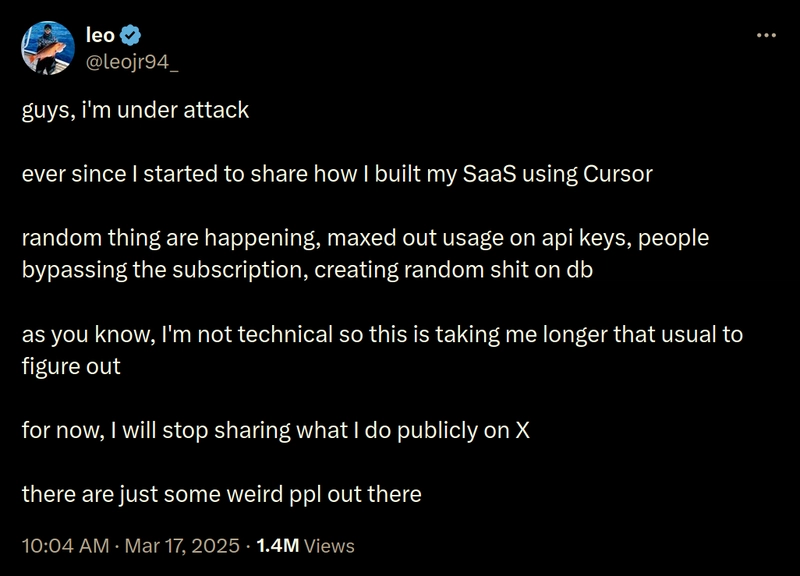Build a Local RAG
In the previous article, we learned about Retrieval-Augmented Generation (RAG). This has emerged as a powerful technique to enhance the capabilities of large language models (LLMs). RAG allows LLMs to provide more accurate, relevant, and context-specific answers, mitigating issues like “hallucination” and outdated information. Understanding RAG: Retrieval Augmented Generation Essentials for AI Projects ✅ Saurabh Rai for Apideck ・ Apr 14 #programming #beginners #ai #python This is part two of a three-part series. This article provides a detailed walkthrough of creating a RAG-powered chat application entirely within your local Python environment. We'll explore how to integrate several key technologies to build an interactive and informative tool: Reflex: A modern, pure-Python framework designed for rapidly building and deploying interactive web applications without needing separate frontend expertise (like JavaScript). Its reactive nature simplifies state management. LangChain: A comprehensive framework specifically designed for developing applications powered by language models. It provides modular components and chains to streamline complex workflows, such as RAG, making pipeline construction significantly easier. Ollama: An increasingly popular tool that enables users to download, run, and manage various open-source LLMs (like Google's Gemma, Meta's Llama series, Mistral models, etc.) directly on their local machine, promoting privacy and offline capabilities. FAISS (Facebook AI Similarity Search): A highly optimized library for performing efficient similarity searches on large datasets of vectors. In our RAG context, it's crucial to quickly find relevant text passages based on the user's query embedding. Hugging Face Datasets & Transformers: The de facto standard libraries in the NLP ecosystem. Datasets provide easy access to a vast collection of datasets, while sentence-transformers (built on Transformers) offer convenient ways to generate high-quality text embeddings. Our objective is to create a web-based chat application where users can pose questions. The application will then: Convert the question into a numerical vector (embedding). Search a pre-indexed vector store (built from a dataset using FAISS) to find text passages with similar embeddings (i.e., relevant context). Provide this retrieved context, along with the original question, to a locally running LLM (via Ollama). Display the LLM's generated answer, which is now grounded in the retrieved information, back to the user in the chat interface built in Reflex. Initial code structure and setup Note: You can find the complete code at this GitHub repository. ⭐️ Local RAG on GitHub

In the previous article, we learned about Retrieval-Augmented Generation (RAG). This has emerged as a powerful technique to enhance the capabilities of large language models (LLMs). RAG allows LLMs to provide more accurate, relevant, and context-specific answers, mitigating issues like “hallucination” and outdated information.


Understanding RAG: Retrieval Augmented Generation Essentials for AI Projects ✅
Saurabh Rai for Apideck ・ Apr 14
This is part two of a three-part series. This article provides a detailed walkthrough of creating a RAG-powered chat application entirely within your local Python environment. We'll explore how to integrate several key technologies to build an interactive and informative tool:
- Reflex: A modern, pure-Python framework designed for rapidly building and deploying interactive web applications without needing separate frontend expertise (like JavaScript). Its reactive nature simplifies state management.
- LangChain: A comprehensive framework specifically designed for developing applications powered by language models. It provides modular components and chains to streamline complex workflows, such as RAG, making pipeline construction significantly easier.
- Ollama: An increasingly popular tool that enables users to download, run, and manage various open-source LLMs (like Google's Gemma, Meta's Llama series, Mistral models, etc.) directly on their local machine, promoting privacy and offline capabilities.
- FAISS (Facebook AI Similarity Search): A highly optimized library for performing efficient similarity searches on large datasets of vectors. In our RAG context, it's crucial to quickly find relevant text passages based on the user's query embedding.
- Hugging Face Datasets & Transformers: The de facto standard libraries in the NLP ecosystem. Datasets provide easy access to a vast collection of datasets, while sentence-transformers (built on Transformers) offer convenient ways to generate high-quality text embeddings.
Our objective is to create a web-based chat application where users can pose questions. The application will then:
- Convert the question into a numerical vector (embedding).
- Search a pre-indexed vector store (built from a dataset using FAISS) to find text passages with similar embeddings (i.e., relevant context).
- Provide this retrieved context, along with the original question, to a locally running LLM (via Ollama).
- Display the LLM's generated answer, which is now grounded in the retrieved information, back to the user in the chat interface built in Reflex.
Initial code structure and setup
Note: You can find the complete code at this GitHub repository.
_Aleksey_Funtap_Alamy.jpg?width=1280&auto=webp&quality=80&disable=upscale#)





















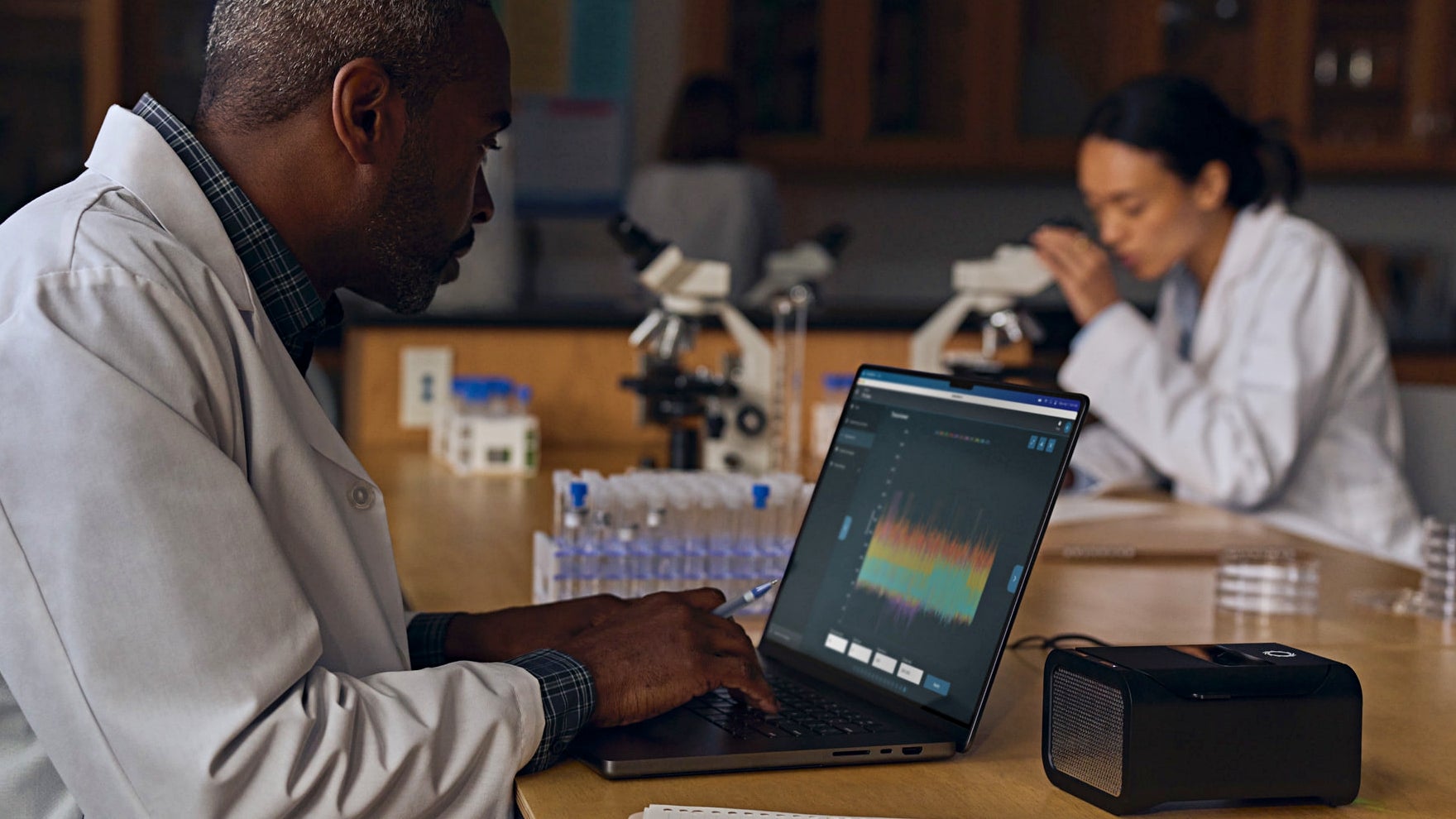



















































![Apple Shares New Mother's Day Ad: 'A Gift for Mom' [Video]](https://www.iclarified.com/images/news/97267/97267/97267-640.jpg)
![Apple Developing New Chips for Smart Glasses, Macs, AI Servers [Report]](https://www.iclarified.com/images/news/97269/97269/97269-640.jpg)
![Apple Shares Official Trailer for 'Stick' Starring Owen Wilson [Video]](https://www.iclarified.com/images/news/97264/97264/97264-640.jpg)

























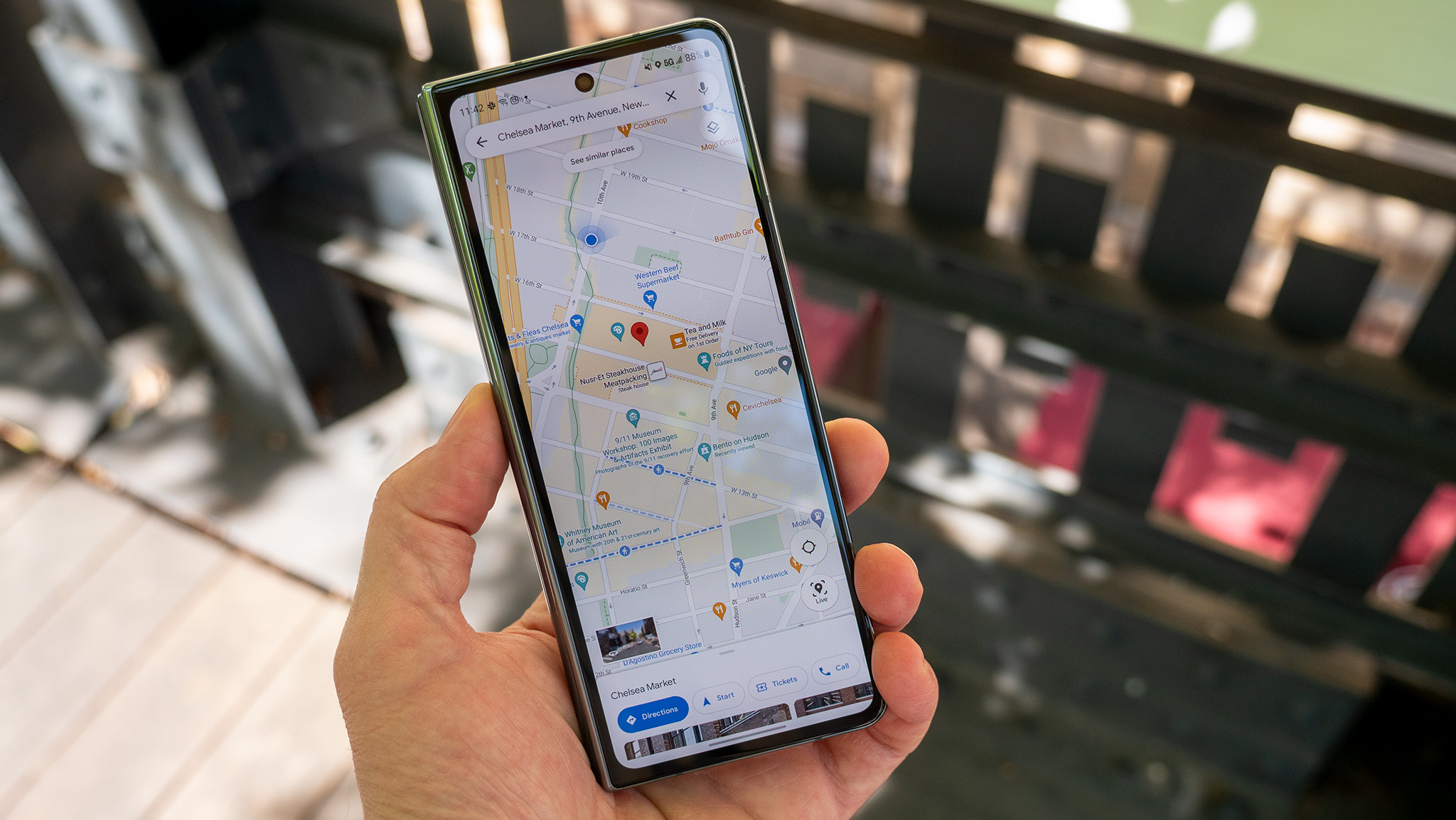



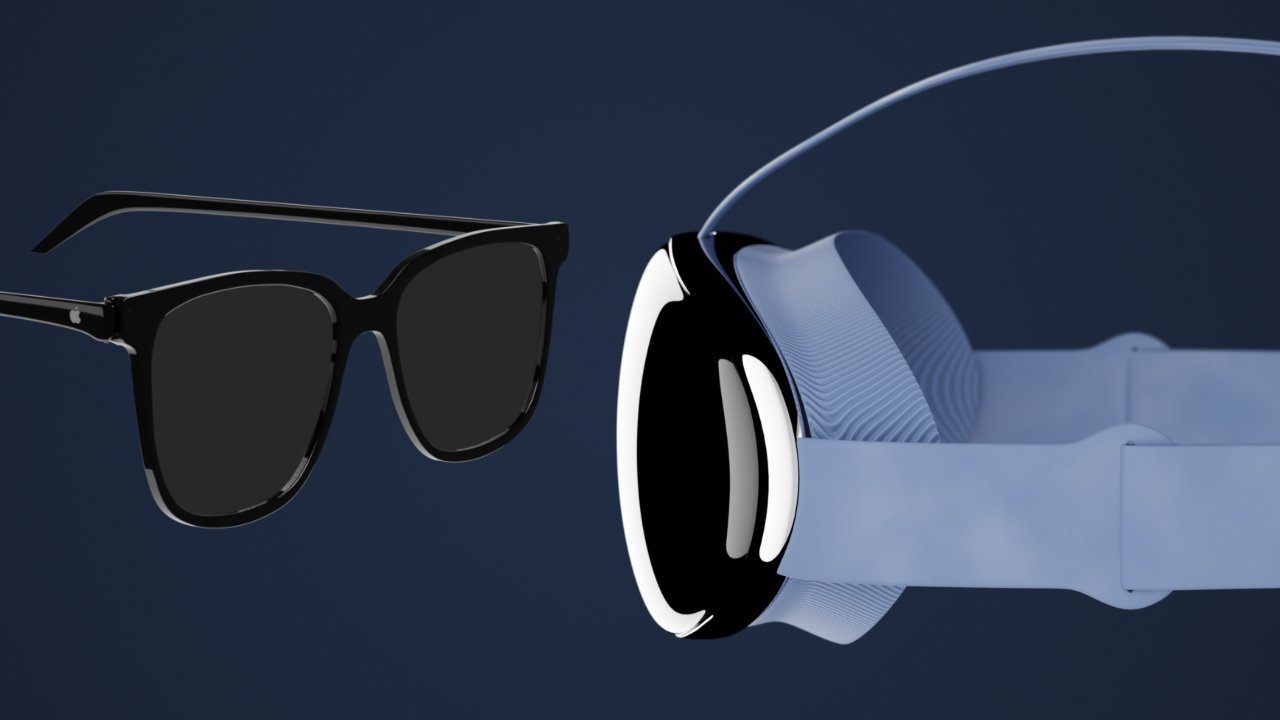










































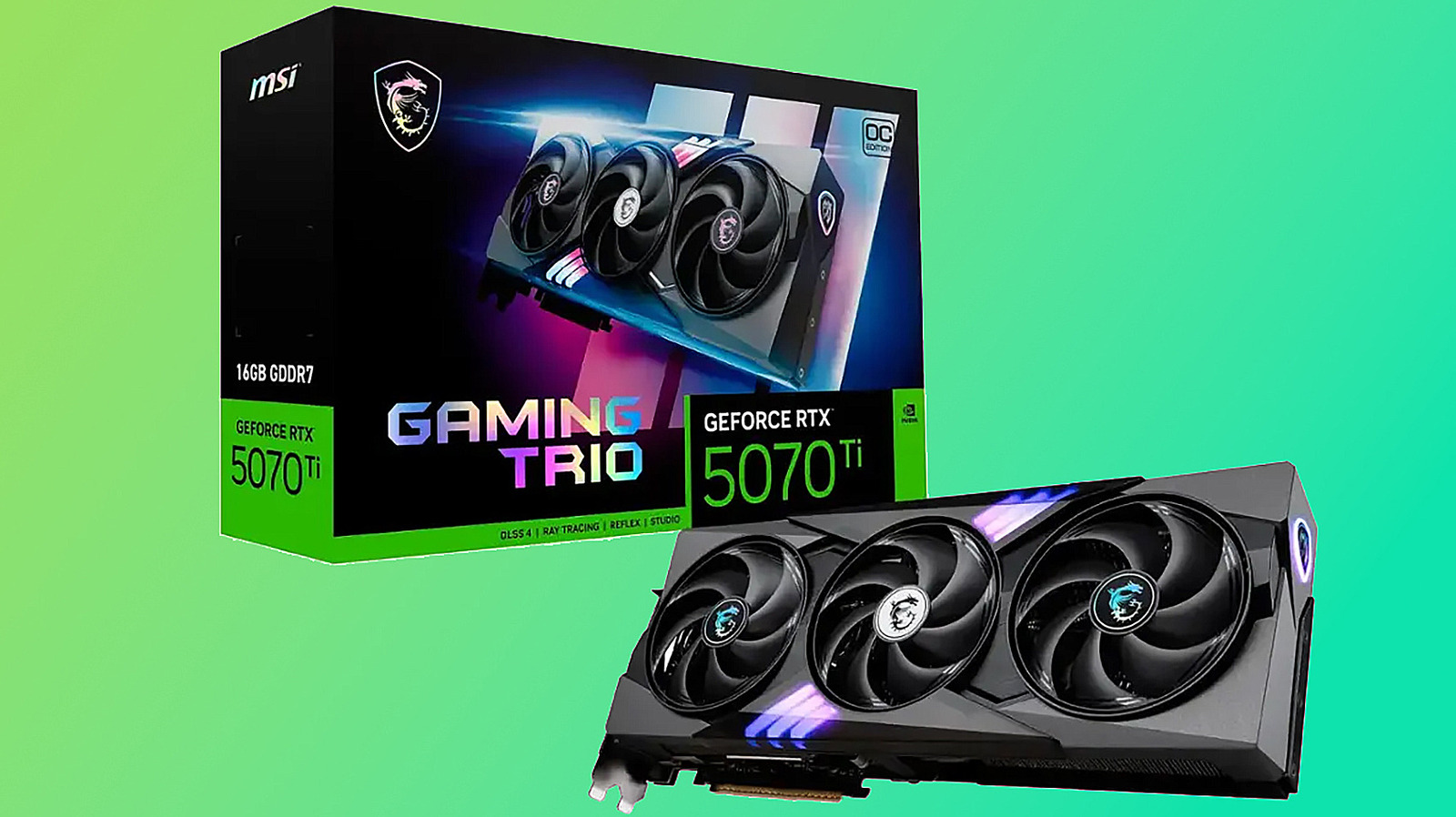





































 Evolved as a Predominant Framework for Ransomware Attacks.webp?#)

_Sergey_Tarasov_Alamy.jpg?width=1280&auto=webp&quality=80&disable=upscale#)



























































































































![[The AI Show Episode 146]: Rise of “AI-First” Companies, AI Job Disruption, GPT-4o Update Gets Rolled Back, How Big Consulting Firms Use AI, and Meta AI App](https://www.marketingaiinstitute.com/hubfs/ep%20146%20cover.png)














































































































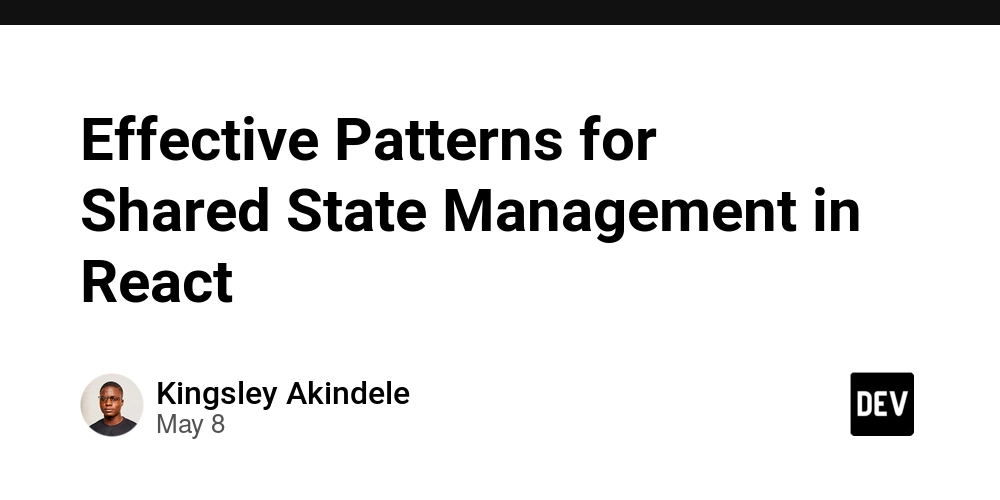


















































![[DEALS] The Premium Python Programming PCEP Certification Prep Bundle (67% off) & Other Deals Up To 98% Off – Offers End Soon!](https://www.javacodegeeks.com/wp-content/uploads/2012/12/jcg-logo.jpg)

























-Mafia-The-Old-Country---The-Initiation-Trailer-00-00-54.png?width=1920&height=1920&fit=bounds&quality=70&format=jpg&auto=webp#)



































































